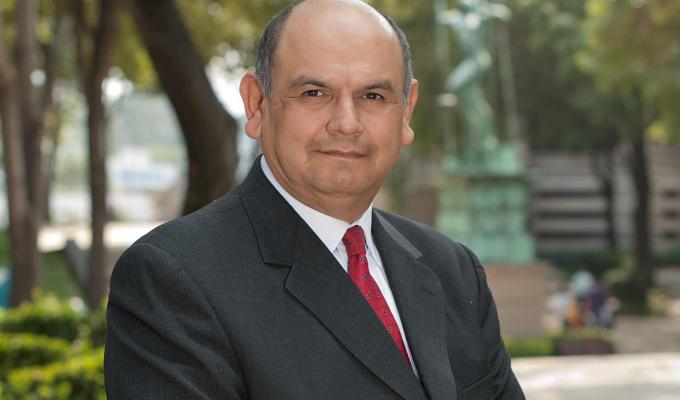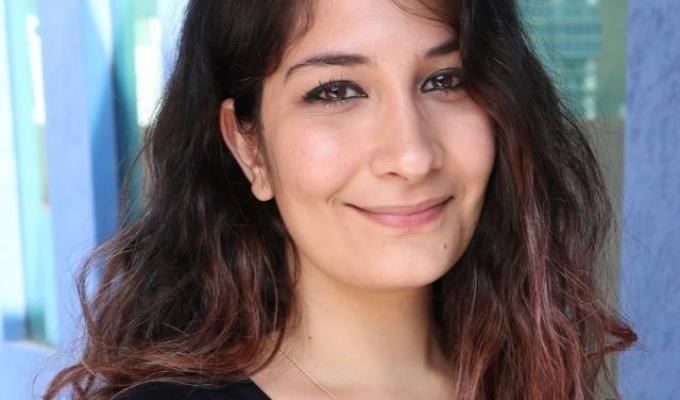he world’s most prominent business schools are now including experience-based learning as part of their curricula. Until now, many of them, particularly those offering full-time programs, were missing out on the chance to incorporate the practical and experiential dimensions of business, which can complement the concepts that students learn, for a more immediate implementation.
However, the global business education sector is currently deploying innovative initiatives to bring the practical side of the world of business closer to the educational side. This includes virtual reality; technological campuses where businesses and consultancy projects can be set up in real life environments; and the international, multicultural and diverse team management program promoted by the GNAM network.
It has been proven that the more experience-based the education, the quicker the development of students’ critical skills. Moreover, the value proposal of business schools is being redefined in an era where basic content can be found online, for next-to-nothing or for free. Nevertheless, the development of competencies, such as decision making, dealing with complexity or leading diverse teams, is closely related to an irreplaceable experience-based education.
Empirical learning to manage investments
This article presents the case of one of the specific experience-based learning plans offered by EGADE Business School in the area of finance. The rapid evolution of technology and the development of the securities market have contributed to facilitating access to investments with less money, using different tools currently offered in the market.
These conditions have meant that academia, through courses such as Investment Management, offered by EGADE Business School to Master of Finance students, has been enhanced by the use of diverse experiential components that support long-term learning. Furthermore, by the end of the course, students will have benefited from the added value of having generated a real personalized investment and designed the theoretical concepts needed to manage investments in a more professional manner.
At EGADE Business School, we have the best-equippedBusiness Intelligence Laboratory in Latin America, with the most advanced databases and software, creating an enriching active-learning setting for students. Technological tools and resources are combined to create a focused learning environment, from which I, as a professor, extract the benefits, on the basis of their contribution to my own experiential learning. These tools include: Bloomberg Portfolio Optimizer and Risk Analytics, Real Investment Platforms, Financial Market Simulators and Expert Guest Speakers, all of which support student learning.
Bloomberg Optimizer
Bloomberg is one of the most renowned economic, financial and business information providers in the world. Its platform works via a monthly paid subscription and, in return, a double screen terminal is supplied. It offers an enormous amount of content, and one of its most beneficial solutions lies in investment portfolio management through the PORT tool (Portfolio and Risk Analytics), which provides an in-depth vision of portfolios and their structures, analyzes positions and their active stakes, and explains historical records and future risks. PORT optimizer monitors intraday and historical performance as well as fundamental characteristics, scenario analysis and portfolio optimization.
The other tool used is PRTU, which allows for the customized creation and management of portfolios, as well as the ability to share them with other users, reference points and related strategies.
The advanced use of Bloomberg on a daily basis at our school allows our students to develop better analytical and information-sourcing skills, consolidating their global vision.
Source: Bloomberg, Portfolio & Risk Analytics.
Real investment platforms
There are currently two online platforms in Mexico for investing in government bonds and stocks with a minimum deposit of just $100 Mexican pesos.
· Cetesdirecto: This website was developed by the Banco Central de Mexico [Mexican Central Bank] with the aim of strengthen a culture of savings among lower-resource investors. This mechanism offers the opportunity to invest in government bonds, which offer better market performances at a lower risk. The deposit is made in a Nacional Financiera (Nafin) account, the most important development bank in Mexico, which operates as an investor counterpart, thus providing a higher level of security.
Via this portal, students open their own account and learn how to valuate each financial instrumentand select the ones that are most appropriate for the prevailing market conditions. Subsequently, as the course progresses they increase their invested amount while also submitting their investment strategy, explaining their decisions and their results, following the detailed guidelines to ensure learning, supported by my professional experience.
· Kuspit: This is an online stock brokerage firm with an active platform where investors can invest in Mexican companies’ stocks. Given that this is a real investment, the students need to generate their RFC (Federal Taxpayer Registry code) and complete a risk profile questionnaire. Once the students are ready to invest, they select stocks in accordance with a detailed analysis, which allows them to invest intelligently, based on the research and analysis of a diverse range of financial indicators, under the direction of the professor and the experts who contribute to the course.
These two investment options are called in the class personal investment strategies, where the objective is to make a real long-term investment in order to create a diversified fixed- and variable-income portfolio. At the same time students develop the ability to analyze stocks and bonds and the risks involved. In addition, there are other online platform options for those students who have more capital, such as GBMHomebroker, Bursanet, Finamex, among others, which offer a wider range of securities in which they can invest, such ETFs, REITs, Fibras or Tracs.
Similar to Cetesdirecto investment, the participants design an investment strategy, following the criteria established in class, gradually including the knowledge they have acquired on decision making.
Financial Market Simulator
The third component of the course is the use of a simulator in the classroom, where teams of students have to make investment decisions with a broader array of financial instruments, different stock exchanges and diverse currencies.
The platform used is FinamexTrader, which was designed by a Mexican brokerage firm and allows the teacher to personalize the “challenges”, varying from the amount of money assigned, commissions and types of securities that students are able to buy, and which works as a “mandate”.
This is the most comprehensive simulator in our country, operating with real financial market information and making it possible to monitor and rank the teams, and assign them tasks.
Source: Finamex Trader.
Expert Speakers
Furthermore, experts on investment topics are invited during the course to share their experiences with students and trigger rewarding, meaningful discussions. We also organize visits to companies listed in the Mexican Stock Exchange (BMV) to see their facilities and interview executives, who explain their business strategies and financial results. Throughout this process students analyze the relationship between the companies’ business strategy and competitive advantages, and the performance of their financial indicators, stock price and growth potential. Moreover, students validate the company investments and analyze their social responsibility programs and the quality of their corporate governance, all of which are critical factors for making an intelligent investment.
As a school, by combining the theoretical basis with teaching methodologies such as real case analysis, the use of technology and investing with real money, we are seeking to innovate the teaching-learning process. We want to develop the competencies in our graduates that will prepare them to face the challenges of the world.
The incorporation of these learning strategies also implies challenges, such as the involvement of foreign students who are not able to access the proposed investment platforms since they do not have an RFC, for example. In these cases, we adapt and find ways for them to work, including accessing similar investment platforms in their own countries, which we then monitor even more closely. Another challenge we have faced is the relatively short duration of the course, which can make it difficult for students to achieve attractive yields, especially if the market is particularly volatile due to the uncertainty arising from the elections, exchange rate, interest rate changes or other factors. However, when faced with a scenario of greater uncertainty, students are forced to overcome this challenge by developing strategies to increase profitability.
The diversity of our students’ profiles also makes the process more rewarding with team members from across a variety of fields. For example, we have had cases of students who previously worked in engineering and then suddenly discovered that they are passionate about the world of finance, so they end up working in the investment sector.
Our highest performing students ,who develop these skills and competencies and combine them with CFA@Certification process, move on to take part in other unique experienced-based projects in business schools throughout Latin America and that we offer at EBS, such as: Clínica Bancomer, where students professionally manage a real portfolio of around $10 million pesos, under the supervision of a Bancomer Bank committee, thus training as portfolio managers. Another project is Burkenroad Reports, where students analyze the small-cap companies listed on the BMV and create equity reports, giving professional investment recommendations, which are contributed to recognized databases such as Reuters and Factset. This process trains them as professional financial analysts with the advantage of the practical experience gained at the School.




